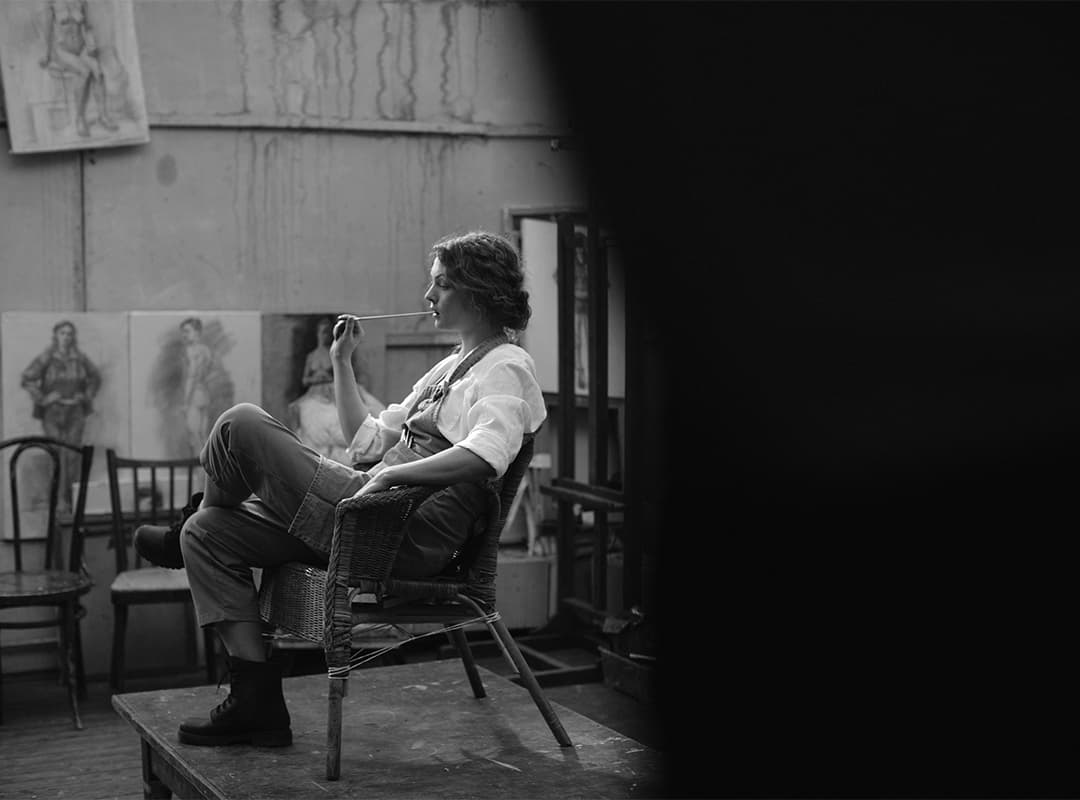У. TURNER, THE BATTLE OF TRAFALGAR
British artist William Turner is known for his love of naval battles. The painter made a huge contribution to the historical genre of painting with his grandiose canvases.
One of the most famous works in the historical genre is dedicated to the Battle of Trafalgar on the coast of Spain. The legendary battle took place during the Napoleonic conquests. It was a decisive battle between two hostile parties: Great Britain and the French-Spanish army. Surprisingly, the French and Spanish lost 20 of their ships during the battle, while the British lost none! The main loss for the latter was the death of Vice Admiral Horatio Nelson.
The Battle of Trafalgar turned the tide of the war, showing Napoleon the full power of the English fleet. The conqueror was forced to stop trying to capture the island and focus on Russia and Austria.
William Turner, like all Britons, was proud of his country’s great victory. It is not surprising that he attached special importance to the painting and used a huge canvas as a basis. The master never painted a picture larger than The Battle of Trafalgar.
DAVID JACQUES-LOUIS, “NAPOLEON AT THE PASS OF ST. BERNARD”
The historical genre in fine art is most often associated with portraiture. Every self-respecting king and emperor had a painter with him who praised his master’s exploits in a grandiose portrait. If we recall the most pretentious examples, Napoleon Bonaparte’s triumph on horseback immediately comes to mind.
David Jacques-Louis first met Napoleon in 1795. He became the main painter of the French conqueror and automatically gained popularity. The master began work on the most famous portrait of Bonaparte after the victory at the Saint Bernard Pass.
General Bonaparte is represented as majestic in every sense. A rearing horse, a red cloak, a victorious gesture, formidable clouds and mountainous terrain – all this looks as pathetic and dramatic as possible. The author was not afraid to compare the general with his great predecessors who had previously conquered this pass. Thus, three names are engraved side by side on the stones at the bottom of the canvas: Napoleon, Hannibal, and Charlemagne.
The portrait is not only an important historical monument but also a landmark work in the world of fine art. The painting became a starting point in the development of European Romanticism, concentrating the cult of the individual, a storm of passions, the power of nature and human character.
SANDRO BOTTICELLI, “PORTRAIT OF GIULIANO DE’ MEDICI”
When Sandro Botticelli gained considerable popularity as an artist, he received a flood of orders from the most famous and wealthy families of Florence. The Medici oligarchic family, whose members in different generations were 4 popes, 2 queens of France and several rulers of Florence, is considered to be especially significant.
Sandro Botticelli created many portraits of the Florentine elite. He was famous for his extraordinary ability to accurately convey a person’s mood and character in subtle details. Among other things, the master painted several paintings depicting Giuliano de’ Medici, the brother of Lorenzo the Magnificent.
In 1478, Giuliano was assassinated during a mass in the city’s cathedral. An attempt was made on Lorenzo’s brother’s life, but he managed to escape from the assassins. On the orders of his grieving brother, many traitors from Giuliano’s entourage were immediately arrested and hanged from the windows of the Palazzo Vecchio.
Lorenzo commissioned his favorite artist to paint portraits of those traitors on the walls of the Palazzo to teach others a lesson. Such an unusual and eerie order gave the great master even more popularity.
